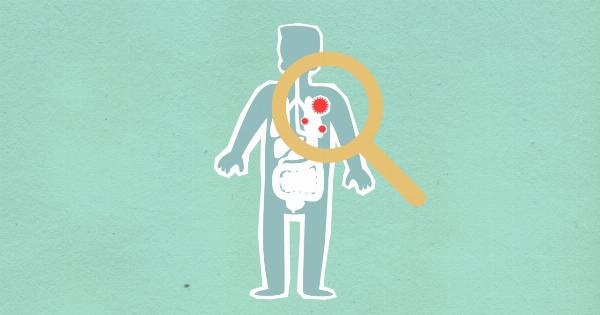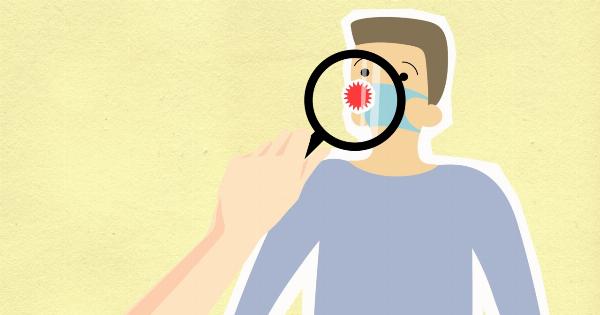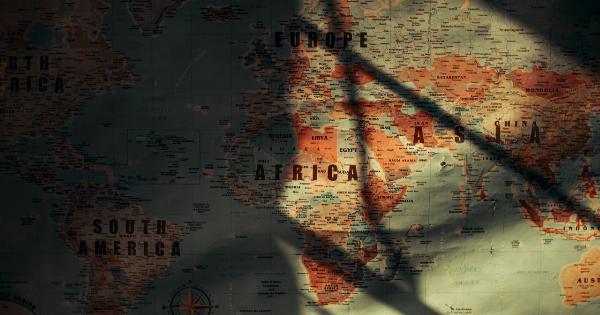The Black Death, also known as the plague, was one of the deadliest pandemics in human history. It ravaged Europe, Asia, and Africa from 1347 to 1351, killing up to 200 million people.
At the time, people had no understanding of the causes of the disease, and no treatment or cure was available. The plague was transmitted by fleas that infested rats, which were common in cities and towns where people lived in close proximity.
The Victims
The plague was indiscriminate in its victims, affecting people of all ages, genders, and social classes. However, certain groups were more vulnerable than others.
Urbanites
People who lived in cities and towns were more likely to contract the plague than those in rural areas. This was due to the higher population density and the presence of rats and fleas in these areas.
Merchants and Traders
Merchants and traders were particularly susceptible to the plague, as they traveled frequently and came into contact with people from all over the world. They also worked in areas where rats and fleas were prevalent, such as ports and marketplaces.
Jews and Other Minorities
Minorities such as Jews were often blamed for causing the plague and were subjected to violence and persecution. This was due to religious and cultural prejudices that existed at the time.
Symptoms of the Plague
The plague had several different forms, each with its own set of symptoms. The most common form was the bubonic plague, which was characterized by the following symptoms:.
Bubonic Plague
- Swollen lymph nodes, called buboes, in the groin, armpit, or neck
- Fever and chills
- Muscle aches and weakness
- Headache
- Rapid heartbeat
- Exhaustion
Pneumonic Plague
The pneumonic plague was a more severe form of the disease that affected the lungs. It was characterized by the following symptoms:.
- Fever and chills
- Chest pain and shortness of breath
- Cough producing bloody phlegm
- Headache
- Rapid heartbeat
- Confusion and disorientation
Death Toll
The exact number of people who died from the plague is difficult to determine, but estimates range from 75 million to 200 million. This represents a significant percentage of the world’s population at the time.
Europe
The plague devastated Europe, killing an estimated 30 to 50 percent of the population. In some areas, entire towns and villages were wiped out. The mortality rate was highest among urbanites, who were more exposed to the disease.
Middle East and Asia
The plague also took a heavy toll in the Middle East and Asia, where it originated. Some estimates suggest that as much as 90 percent of the population in some areas was killed by the disease.
Africa
The extent of the plague’s impact on Africa is less clear. Some historians believe that the disease played a significant role in the decline of certain empires, such as the Mali and Songhai empires in West Africa.
Conclusion
The plague was a catastrophic event that had a profound impact on human history. It caused immense suffering and death, and changed the course of politics, economics, and culture in the affected regions.
Today, the plague is largely under control due to advances in medicine and public health.
However, there have been outbreaks in recent years, particularly in parts of Africa and Asia, that serve as a reminder of the ongoing threat that infectious diseases pose to humanity.





























